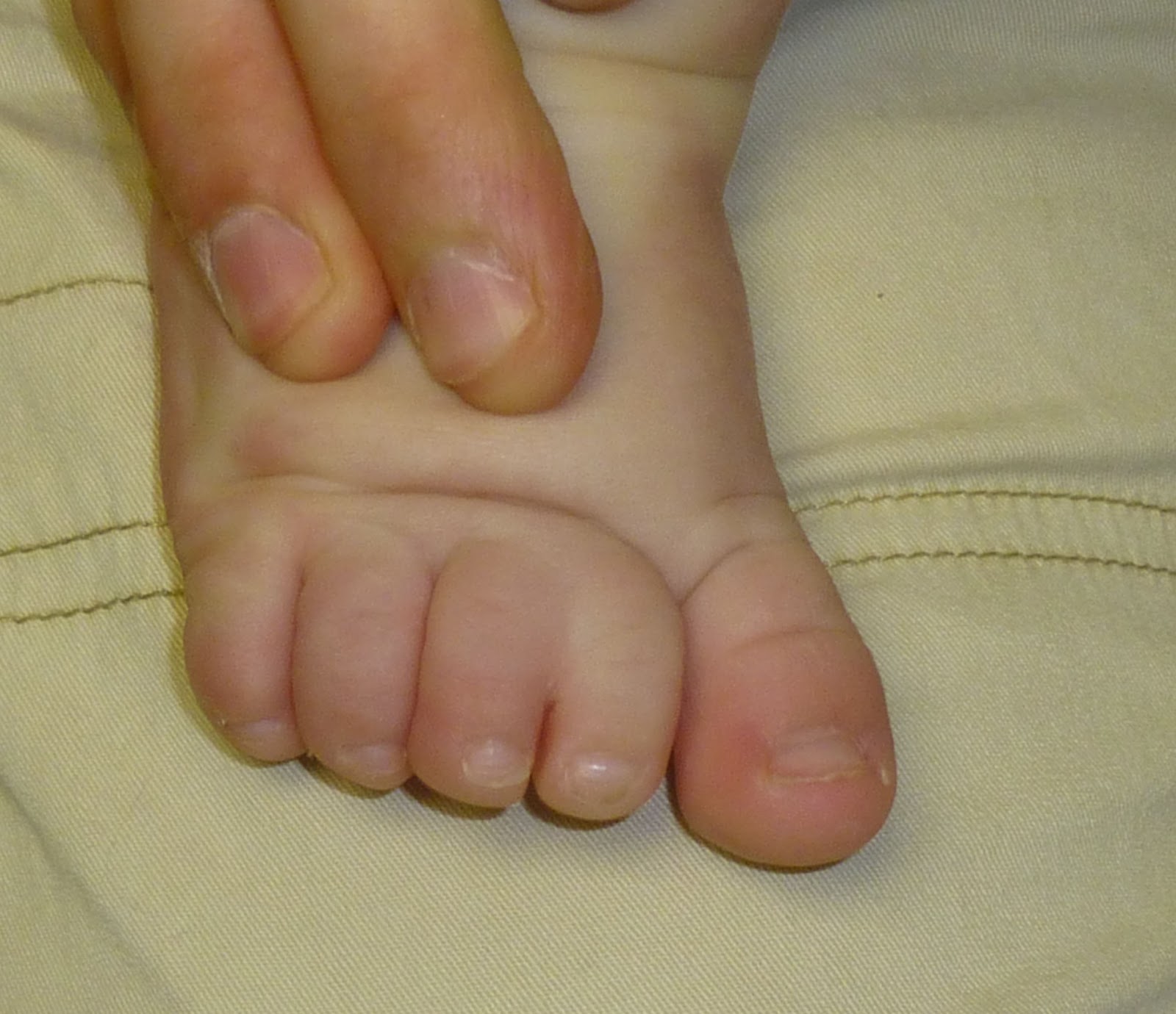Syndactyly is a congenital condition that involves the fusion of two or more fingers or toes. While it can occur in both hands and feet, our focus here is on syndactyly toes pictures, which illuminate this condition's visual aspects and variations. Understanding syndactyly not only helps to demystify the condition but also fosters empathy for those who live with it. The images provide an essential perspective on how syndactyly manifests in children and adults alike, revealing the beauty and uniqueness of human anatomy.
When we talk about syndactyly toes, we often think of how this condition can affect mobility and overall quality of life. Many individuals with syndactyly go on to lead normal, active lives despite their differences. In this article, we will explore various aspects of syndactyly, including its causes, treatments, and personal stories, supplemented by syndactyly toes pictures that illustrate these points. This will not only provide insight into the condition but also encourage a deeper understanding of the experiences of those affected by it.
Syndactyly is not merely a medical term; it represents a unique narrative of resilience and adaptation. The images we will share throughout this article serve as a reminder that every person's journey is different. By examining syndactyly toes pictures, readers can appreciate the diversity of this condition and the myriad ways people cope with their individual circumstances.
What is Syndactyly?
Syndactyly is a condition where two or more digits are joined together. This can involve fingers or toes, and it is a common congenital anomaly. It can occur in various forms, ranging from simple webbing of the skin, known as incomplete syndactyly, to complete fusion of bones and soft tissues, known as complete syndactyly. The degree of fusion can vary, leading to different presentations in the syndactyly toes pictures.
What Causes Syndactyly?
The causes of syndactyly can be multifactorial and may include genetic predispositions. Some forms of syndactyly are inherited in an autosomal dominant pattern, meaning only one copy of the altered gene is sufficient to cause the condition. Other cases may arise sporadically without a clear genetic link. Environmental factors during pregnancy, such as certain medications or infections, may also contribute.
Are There Different Types of Syndactyly?
Yes, syndactyly can be classified into several types:
- **Simple syndactyly:** Involves only skin joining the digits.
- **Complex syndactyly:** Involves bone fusion along with soft tissue connection.
- **Syndactyly associated with other syndromes:** Such as Apert syndrome or Poland syndrome.
These distinctions can be observed in syndactyly toes pictures, illustrating the range of presentations and severities.
How is Syndactyly Diagnosed?
Typically, syndactyly is diagnosed at birth through physical examination. Pediatricians and specialists assess the extent of the fusion and may order imaging tests, such as X-rays, to understand the underlying bone structure. Early diagnosis is crucial as it can influence treatment decisions and planning.
What Are the Treatment Options for Syndactyly?
While some cases of syndactyly do not require treatment, surgical intervention is often recommended to separate the fused digits, particularly if the condition affects functionality or causes psychological distress. Surgery is usually performed in early childhood, allowing for optimal healing and adaptation to the changes. Post-operative care and physical therapy may also play a vital role in recovery.
What Are Some Personal Stories Related to Syndactyly?
Many individuals with syndactyly have shared their experiences, reflecting on how the condition has shaped their lives. Some have gone through several surgeries and physical therapies, while others embrace their unique anatomy. For instance, a person might share how their syndactyly toes pictures reflect their journey of acceptance and personal growth. Hearing these stories can be incredibly inspiring and informative.
What Do Syndactyly Toes Pictures Reveal?
Syndactyly toes pictures reveal the unique characteristics of the condition. They can showcase the variances in toe fusion, the surrounding skin, and even the surgical results post-treatment. These images can also serve as powerful tools for education, helping others understand the realities of living with syndactyly.
Can Syndactyly Be Prevented?
Currently, there are no proven methods to prevent syndactyly, especially those that are genetically inherited. Awareness and education about the condition, however, are crucial for supportive care and treatment planning. Parents who have a family history of syndactyly might consider genetic counseling for insight into potential risks.
Conclusion: Embracing Differences through Syndactyly Toes Pictures
Syndactyly toes pictures serve as a testament to diversity within human anatomy. They help to foster understanding and acceptance of those living with this condition. By sharing knowledge and personal stories, we can create a more compassionate world that appreciates the beauty in our differences. Whether through medical, emotional, or artistic lenses, the exploration of syndactyly will continue to inspire and educate us all.
You Might Also Like
Micheal Ealy's Journey: The Influence Of His ParentsExploring The World Of Downloadhub4u.home: Your Ultimate Download Destination
Unveiling The Phenomenon Of 1 Tamil Blaster
Exploring The Legal Expertise Of Olu Evans: A Comprehensive Overview
Exploring The Legacy Of The Bee Gees: A Look At Their Grandchildren
Article Recommendations
- Understanding The Gypsy Rose Crime Scene Photo A Deep Dive Into A Tragic Story
- Anthony Kiedis Gay
- Gloria Borger Illness


